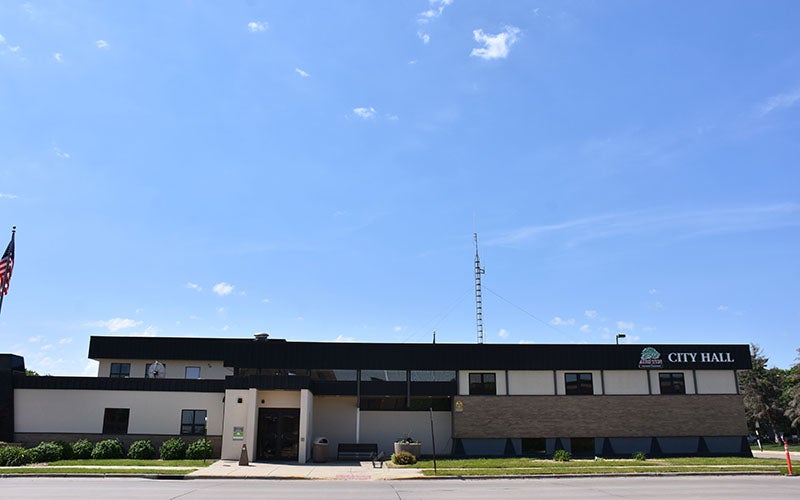Council adopts sump pump inspection ordinance: Informational meeting to be held April 17
Published 9:09 am Saturday, April 7, 2018
The Austin City Council adopted an ordinance outlining a sump pump inspection program during its regular meeting Monday evening. The ordinance was developed as a measure to eliminate clean water from entering the sanitary sewer system.
“We have tried different methods of tackling sump pump issues for 10 years,” said Public Works Director Steven Lang. “We’ve done different programs, like a voluntary sewer service inspection program. Nobody volunteered for it. We know the neighborhoods that are wet. We see one guy has got his sump pump hose out and there aren’t any other hoses out, so you know those sump pump hoses are going somewhere.”
The ordinance is also meant to help the city identify problems with sump pump systems.
“When we get a heavy rain event and all of these sump pumps are pumping into the sewer, it overflows the sanitary sewer in certain neighborhoods and causes sewer back-ups to the people that are connected to that line,” Lang said. “Someone upstream or downstream could be pumping water into the sanitary sewer and it could be affecting someone in the middle who’s not doing anything wrong.”
Under the new ordinance, the city is divided into six zones: Northeast, Southeast, Northwest (divided into two zones) and Southwest (also divided into two zones). Every house in the city will be inspected regardless of whether or not a sump pump is present within the home. The inspections will be conducted one zone at a time over several years, beginning with the Southeast zone.
“We chose the Southeast first because that is one of the first areas we have to respond to for issues with the sanitary sewer being backed-up,” Lang said.
Inspections will check for the presence of sump pumps and any violations as outlined by the ordinance. Violations include having a hole for a sump pump without a hose and having a flexible hose versus a PVC pipe coming from a sump pump hole inside the home.
Homeowners will receive inspection notices from the city and will be required to sign–up for inspection times within 30 days. Failing to sign-up within the allotted time will result in a penalty fee assessed to the owner’s utility bill. Homeowners will also be required to fix any violations found within a 90-day time frame. Failure to do so would result in a fine that will also be attached to the utility bill.
Homes that do not have a sump pump will not be required to get one.
Lang said the ordinance will have financial and environmental impacts.
“There are other ways to (prevent clean water from getting into the sanitary sewer), but they become more expensive, like expanding the wastewater treatment plant, which is tens of millions of dollars to treat this water that doesn’t need to be treated. Correcting it in the home is a $100 to $500 repair. During a rain or high water event, when those sewers are backing up into people’s homes, we will put a pump in a manhole and pump that water to a waterway. Then, we have to report that to the Minnesota Pollution Control Agency. That is something the MPCA frowns upon, so we try to do whatever means we can to not have to do that. There are environmental concerns and regulations that are involved.”
If residents are not sure if they have a sump pump in their homes, Lang suggests going online to learn more about sump pumps.
“Usually it is in the utility room in a hole with a cover on it and a two-inch PVC pipe coming out of the cover,” he said. “That would be a tell tale sign of a sump pump.”
Lang said that basements and closets might also contain sump pumps.
An informational meeting for residents of the southeastern part of Austin will be held at 5:30 p.m. on Tuesday, April 17, in the Council Chambers of City Hall. Lang and representatives from WHKS, who will be providing inspectors, will be present to answer any questions and address concerns. They will be holding special meetings with plumbers and realtors the same day.
“It’s a fairly cost effective way to eliminate clean water from the sanitary sewer system,” Lang said.





